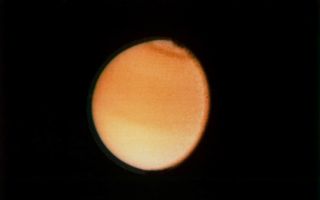
PIA01532: Titan's Cloud Systems
|
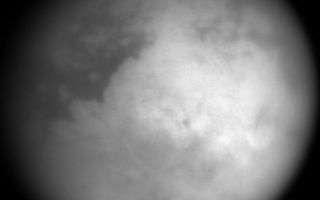
Saturne_Titan_4.jpg
|

PIA06233: Angular Bright Spot
|

PIA06111: Closing in on Titan
|
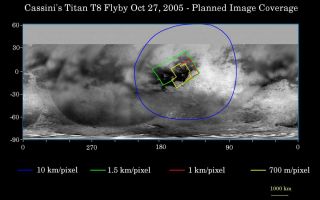
PIA07751: Cassini's Oct. 28, 2005, Titan Flyby
|

titan_panorama.jpg
|
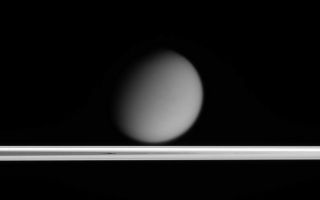
PIA07519: Titan Beyond the Rings
|
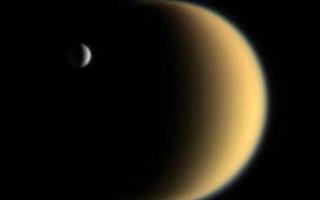
PIA07787: A Tale of Two Moons
|
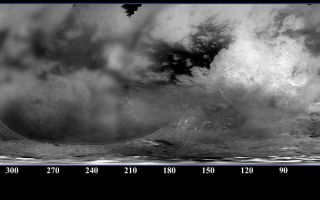
PIA06201: Titan's Variety
|

PIA06116: Zooming In On Titan
|
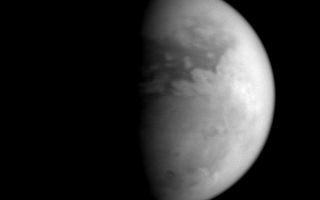
PIA07565: Dawn at the Huygens Site
|
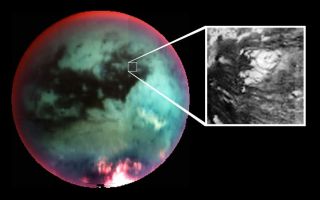
PIA07965: Titan Volcano
|
| |
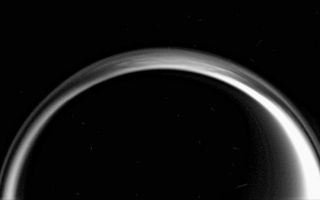
PIA08127: The Air Up There
|
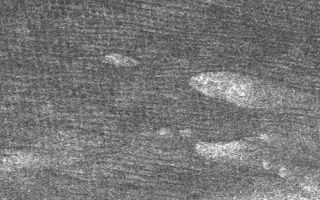
PIA03567: Dunes Galore
|
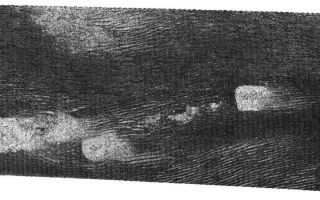
PIA08738: Swimming in Dunes
|
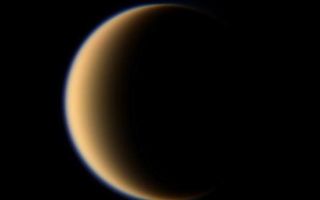
PIA09833: A World of Questions
|
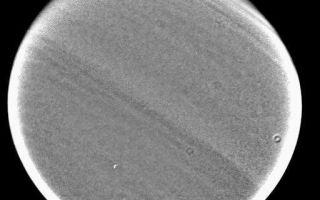
PIA06152: Second Titan Targeted Flyby #2
|

PIA08116: Titan's Pebbles
|
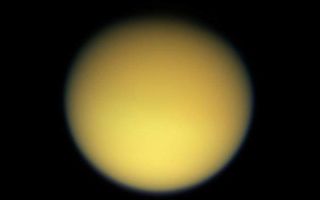
PIA06183: Hazy Days on Titan
|

PIA07877: Red Spot on Titan
|
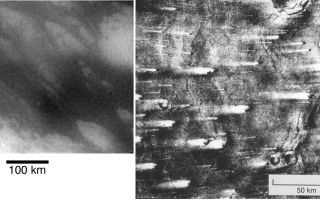
PIA06990: Titan Vs. Mars
|
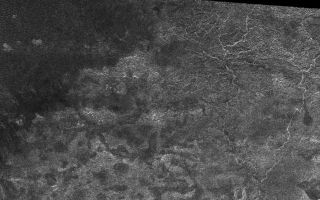
PIA08428: Xanadu: Rivers Flowed onto a Sunless Sea
|
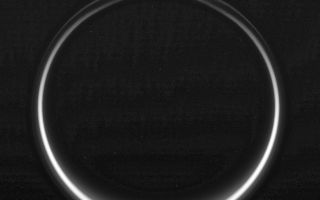
PIA06184: Titan's Night Side
|
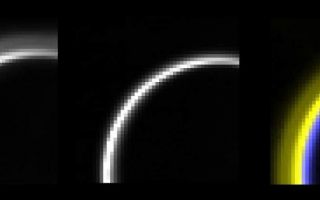
PIA06997: Haze Silhouettes Against Titan's Glow
|
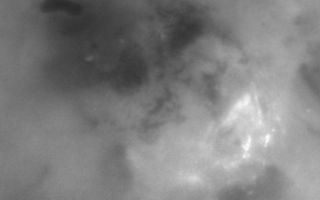
PIA06242: Clouds in the Distance
|
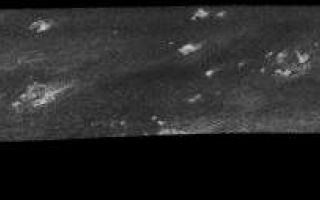
PIA08454: Dunes and more Dunes
|

titanrain_garlick.jpg
|
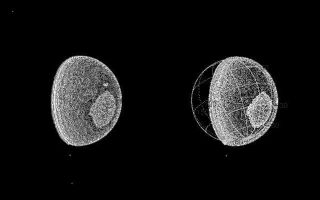
PIA06071: Through the Haze
|
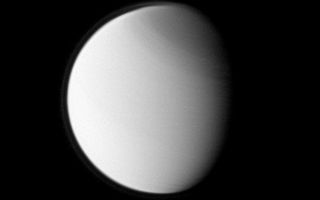
PIA10546: Titan's North Polar Haze
|